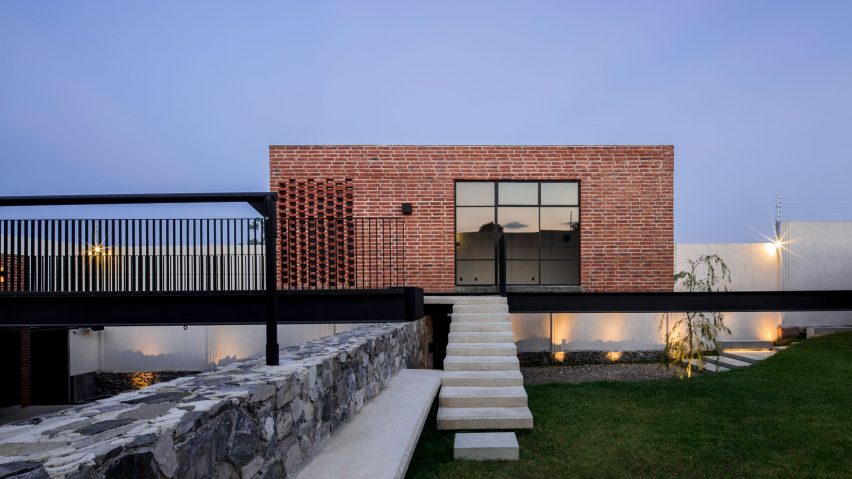
Guadalajara offers "extraordinary opportunities" for young architects
Guadalajara is emerging as Mexico's architecture hotspot, as young firms forgo Mexico City for better chances to test ideas and stand out.
Contemporary Mexican architecture is still often associated with modernists like Luis Barragán, whose colourful surfaces and emotive spaces ensured a place for the country in the 20th-century architectural history books.
But now Mexico is experiencing a second wave of progressive design, as a result of a changing economy and attitude.
"Architecture in Mexico is evolving," said Abraham Cota Paredes – one of several Mexican architects reinvigorating the style of the country's built environment.
"We have a growing middle class but the salaries are very low, so we have to be smart enough to build beautiful architecture with low budgets and low energy costs," he told Dezeen.
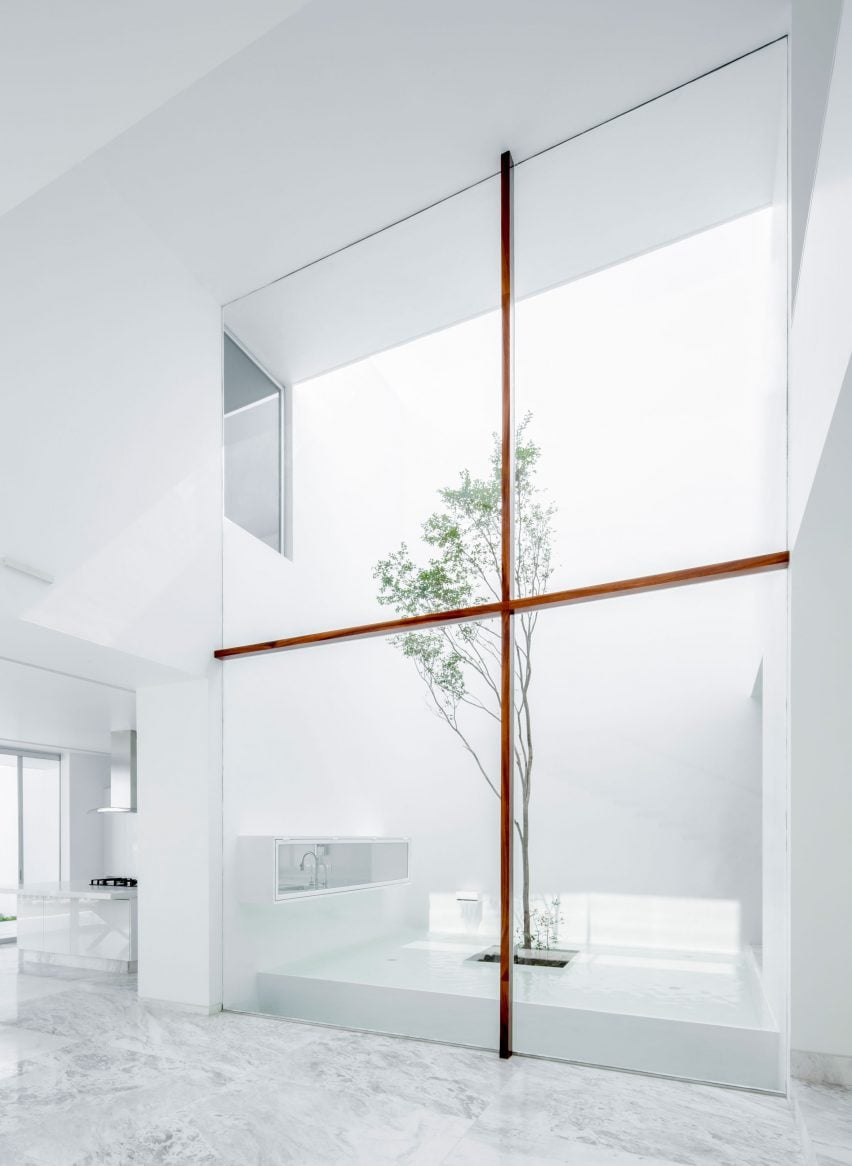
Although some of the biggest and most prominent Mexican architecture studios are located in the capital, Mexico City, Cota Paredes is one of many based in its second-most populous metropolis, Guadalajara.
Emerging studios there are working particularly in the residential sector, creating private houses for clients willing to take a chance on young local firms.
"The good thing about working in Guadalajara is that young talented, hardworking people can get extraordinary opportunities very early in their careers," said Luis Enrique Flores and Armida Fernández, who established their office Estudio ALA in the city.
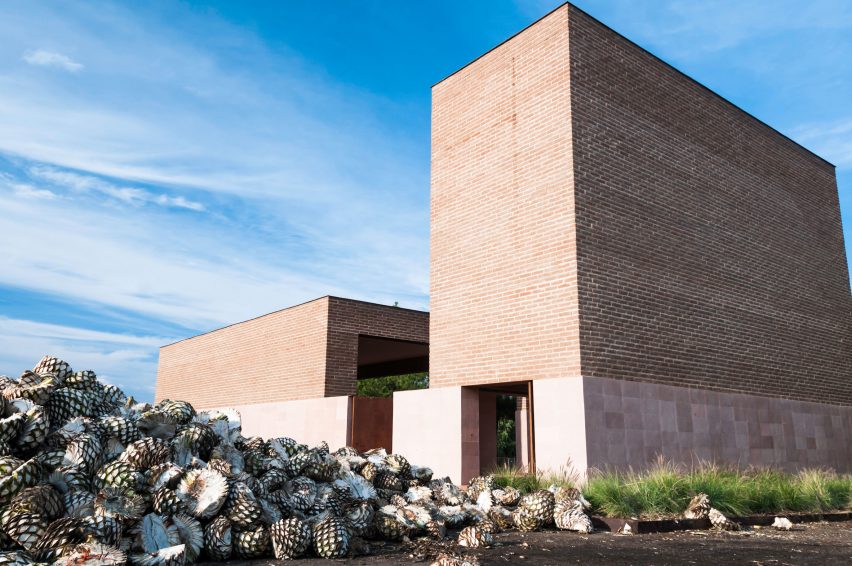
Guadalajara is the capital city of the western state of Jalisco, and has a rich history of the arts. It is considered the birthplace of traditional mariachi music, and hosts a number of large-scale cultural events such as the Guadalajara International Film Festival and the Guadalajara International Book Fair.
Like Mexico City, the Guadalajara region also has a strong architectural heritage, spawning Barragán, as well as architects Ignacio Díaz Morales, Rafael Urzua and Pedro Castellanos.
In the mid-20th century, this group formed what they called the Escuela Tapatía de Arquitectura, a school that aimed to create a regionalist architecture with a strong sense of local identity.
"Guadalajara has been a nest of architects since the beginning of the last century," said Cota Paredes.
Barragán went on to win the 1980 Pritzker Prize, while Diaz Morales set up the architecture school at the University of Guadalajara – from which many of the city's promising young architects have graduated.
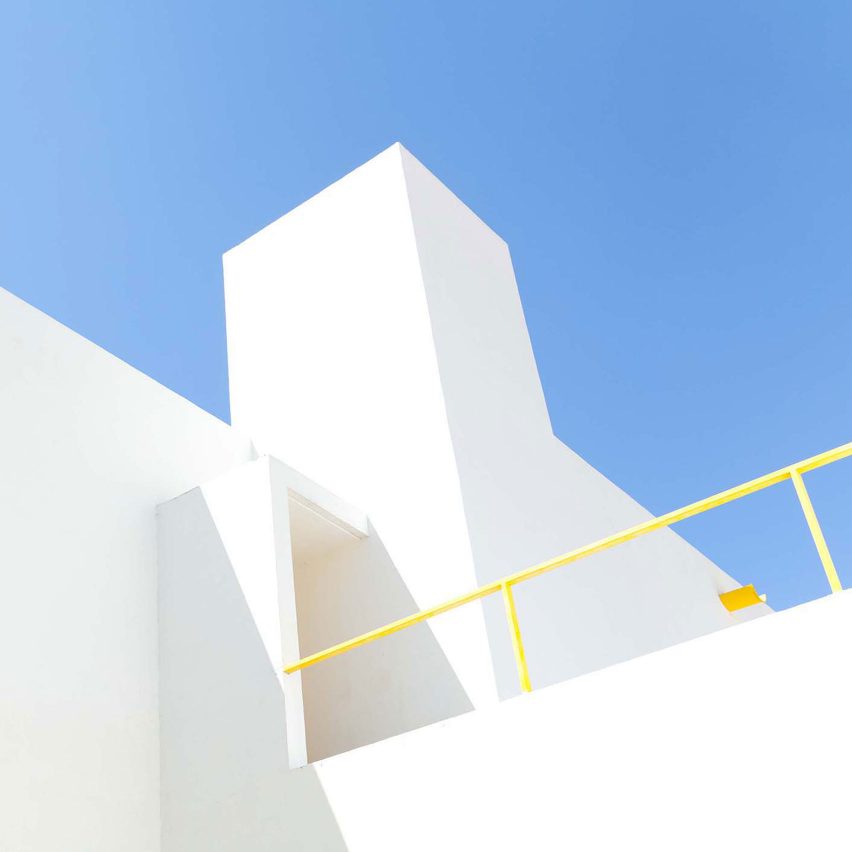
"This rich cultural background, together with strong traditions and folklore, made this state the perfect foundation for the development of contemporary talent and new generations," said Flores and Fernández.
But today, as one of the fastest-growing cities in Latin America, Guadalajara's architectural scene is moving beyond the regionalist approach. As it expands in size and economic significance, a change in attitude towards architecture in local communities has opened up opportunities to experiment.
"Even though relevant local expressions of architecture have been present in Guadalajara for more than a century, this architecture was just available for the government or the most wealthy," explained Flores and Fernández.
"As the city grows, more people start to be aware of the need of architecture or design in their life, whether it improves the quality of living or gives them a more effective or best oriented commercial space," they said. "People have begun to realise that the cost of hiring an architect or designer is worth it."
Another local architect, Delfino Lozano, has also noticed a shift in the city's openness to contemporary architecture over the past few years.
"An excessive subdivision of new developments has generated a favourable field for house development projects – commissions that are regularly performed by emerging architecture firms," he told Dezeen.
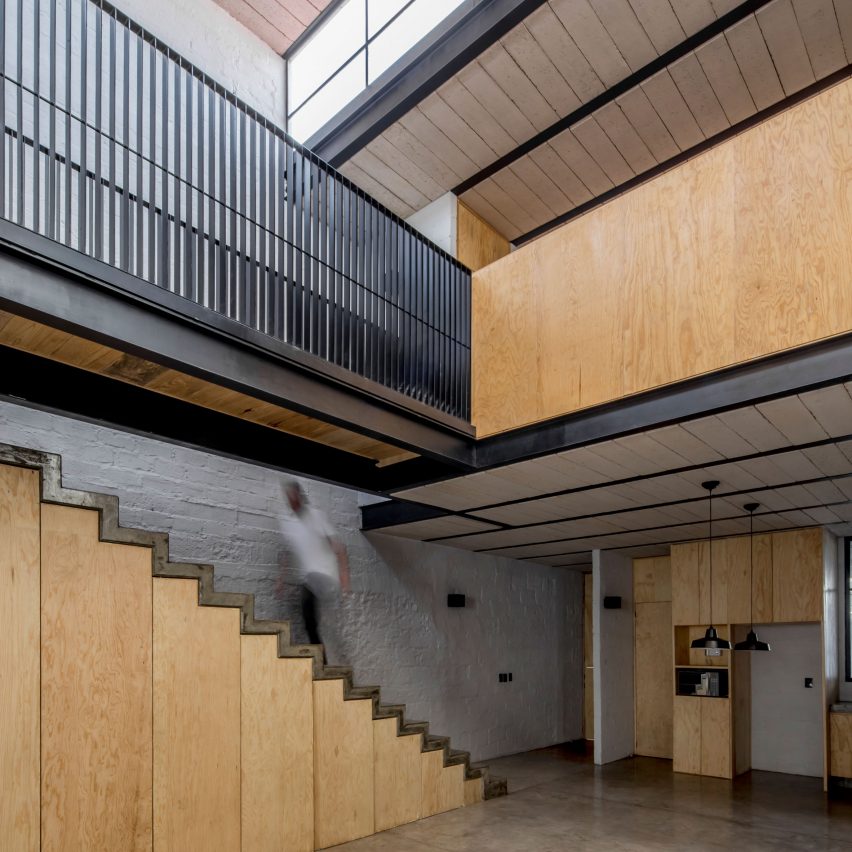
One of the problems the city had before was that much of its creative talent would up sticks from the provinces and move to Mexico City after graduating.
But recently, those who grew up or studied in Guadalajara have stayed in the area – listing the good weather and laid-back lifestyle among more reasons for making the city their base.
These young studios are now finding acclaim both locally and further afield. Helped by better media exposure and improved communications with other parts of the world, they are receiving much more recognition than some of their recent predecessors.
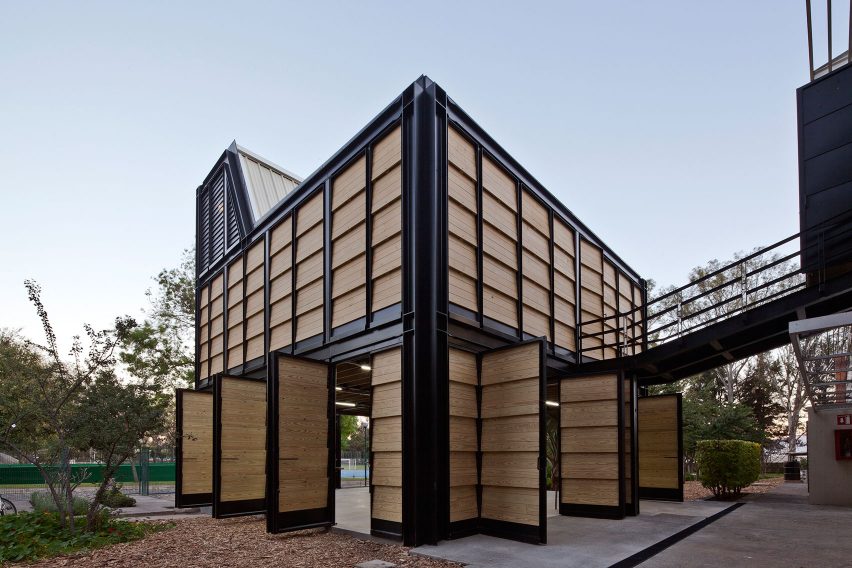
Many of the architects still look to the work of Barragán and his associates as precedents for their architecture. They similarly employ a variety of locally available materials, building techniques and skilled workers – but they are finding more contemporary ways of using them.
"Guadalajara is characterised mainly for the artisanal use of the material, with a well established technique to the regional tradition," said Cota Paredes, whose projects primarily use white across both internal and external surfaces. Examples include a house with a projecting white-rendered upper floor and a residence where a spindly crucifix-like frame supports a huge window – both in the Guadalajara area.
"But also," he added, "[architects are beginning] to reinterpret the principles of emotional architecture of Luis Barragán and Mathias Goeritz, creating a symbiosis between technique, a contemporary and sensorial language."
Rather than designing in a cohesive style like the Tapatía school, the new studios are all developing their own aesthetics. They use materials like adobe, bricks and woven branches – plus techniques like white and colour washing – in different ways, combining them with minimal elements to create distinctly varied outcomes.
"I don't think there is such a style or palette," agreed Oscar Gutiérrez, another local architect, whose projects include a white courtyard house with bright yellow accents. "It is a complex panorama intervened by architects with diverse backgrounds."
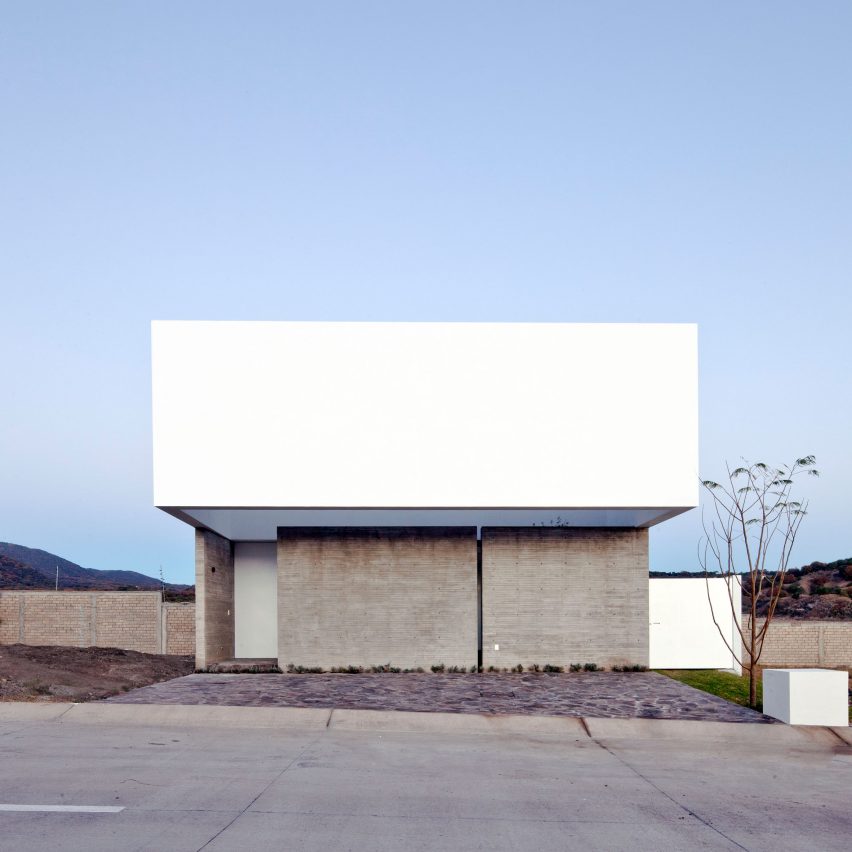
Some favour exposed concrete as their material of choice, while others like Lozano and Estudio ALA use brickwork in unexpected ways.
"The amazing architecture you see in Guadalajara today is both modern and regional; local and global at the same time," said ALA, which chose bricks to build a chapel at a tequila factory a few miles from the city.
"We have the advantage of inexpensive labour and great weather, which other countries in the world don't have. Likewise, we can use local techniques and materials that make projects local and at the same time global."
With no signs of development in Guadalajara slowing, all of these architects are optimistic that they will be able to continue to work in this way.
"I believe we will generate a new Escuela Tapatía de Arquitectura that will reinterpret the artisanal process of construction and the use of materials," said Cota Paredes. "Also, it will explore the relationship between space, light and the nature that inhabits architecture."
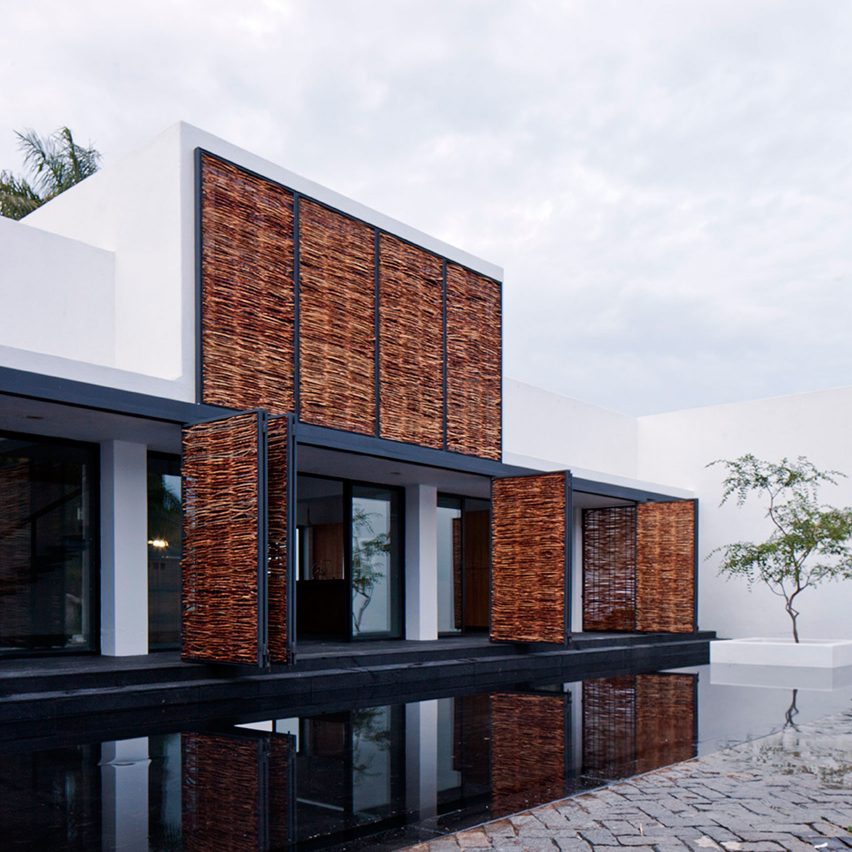
Flores and Fernández described Guadalajara's architectural future as "promising", believing that soon they and their peers will be working on an increasingly larger scale.
"Directors of the most notable emerging practices in the city range in the age from 28 to 45," they said. "Most of us have had various kinds of international recognition, such as prizes, awards, nominations and publications."
Even if they stick to houses and other modestly sized buildings, these emerging firms have already helped to reaffirm Mexico's place on the global architecture scene.
And if they continue in this fashion, this generation is poised give Barragán's legacy a run for its money.